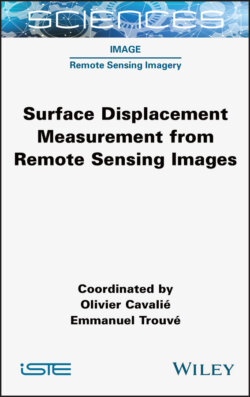Читать книгу Surface Displacement Measurement from Remote Sensing Images - Olivier Cavalie - Страница 30
1.3.4. Biomass
ОглавлениеThis mission has been selected as part of the ESA’s Earth Observation Program (Earth Explorer 7) and will be able to operate, for the first time in space, a P-band imaging radar at 70 cm wavelength. At this frequency (435 MHz), the ITU allocation is limited to a 6 MHz bandwidth: the program will address key information issues over forested areas, at low-resolution cells. A large circular antenna of 12 m will be used.
Different applications are foreseen to exploit penetration through tropical forests, with SAR polarimetry and PolInsar interferometry as well as tomography. Different phases and orbit changes will be used along the mission to achieve different purposes and fulfill these applications, with different baselines from different orbits. The first option is a coverage with a double baseline using three interleaved swaths, a low repeat cycle and then a change of altitude to ensure a new coverage; complete coverage would need five months before coming back to the same tracks. The second option is a sub-cycle of three or four days, and a total cycle of 27 or 36 days, then a repetition every five months (Hélière et al. 2016). The coverage is determined by three adjacent stripmap modes with swaths of 60, 50 and 40 km, implying a roll maneuver to change swath (Arcioni et al. 2013).
Launch is foreseen in 2023 in Kourou on a Vega launcher to put Biomass on a dawn–dusk sun-synchronous orbit about 600 km high.
